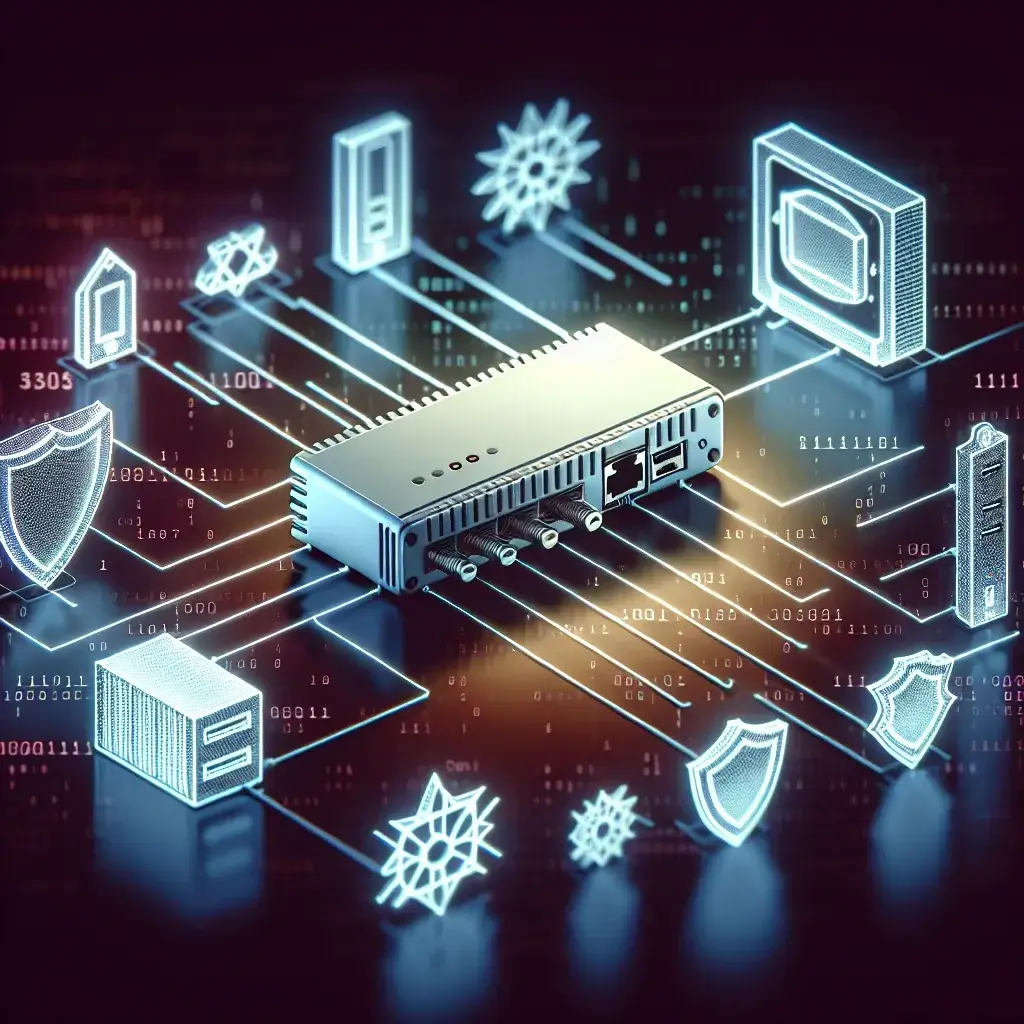Can a network adapter be used with different types of firewalls?
Network adapters, integral components for connecting computers to a network, play a vital role in ensuring smooth communication between devices. When considering security measures, especially firewalls, a critical question emerges: Can a network adapter be used with various types of firewalls? This article delves into the compatibility, technical considerations, and best practices for using network adapters with different firewall types.
Understanding Network Adapters and Firewalls
To comprehend this subject, it’s essential to grasp the functionalities of network adapters and firewalls.
What is a Network Adapter?
A network adapter, also known as a network interface card (NIC), allows a computer to connect to a network. It can be embedded on the motherboard or installed separately as an expansion card.
Types of Firewalls
Firewalls are security systems designed to protect networks from unauthorized access while allowing legitimate communications. There are several types of firewalls:
- Packet-Filtering Firewalls: These firewalls analyze packets of data and determine their passage based on pre-defined rules.
- Stateful Inspection Firewalls: These monitor the state of active connections and make decisions based on the context of the traffic.
- Proxy Firewalls: These act as intermediaries between end-users and the network to filter requests.
- Next-Generation Firewalls (NGFWs): These advanced firewalls integrate deep packet inspection, intrusion prevention systems (IPS), and more.
Compatibility of Network Adapters with Firewalls
Compatibility between network adapters and firewalls is crucial for maintaining a secure and efficient network. Here are the key considerations:
Layer Compatibility
Network adapters operate at the Data Link layer (Layer 2) of the OSI model, while firewalls typically operate at the Network layer (Layer 3) and above. This independence in operation levels ensures that network adapters are generally compatible with different types of firewalls.
Hardware vs. Software Firewalls
- Hardware Firewalls: These are physical devices that act as a gatekeeper between your network and external traffic. Network adapters can connect to hardware firewalls without issues as long as the physical interface and protocols (e.g., Ethernet, Wi-Fi) match.
- Software Firewalls: Installed on individual devices, software firewalls work seamlessly with the network adapter on the same device to monitor and filter traffic.
Protocol and Standard Compatibility
Network adapters and firewalls must both support the same networking protocols (e.g., TCP/IP, UDP) and industry standards (e.g., IEEE 802.11 for Wi-Fi) for optimal performance and security.
Configuration and Management Tools
Administrative tools used for configuring network adapters and firewalls should be compatible. For instance, management software provided by network adapter manufacturers should not conflict with the firewall settings and vice-versa.
Technical Insights and Best Practices
Proper Configuration
A well-configured network adapter ensures it communicates correctly with any firewall present. Here are steps to achieve this:
- Update firmware and drivers for both the network adapter and firewall.
- Ensure the same network protocols are enabled on both devices.
- Regularly check for and apply software updates to address any compatibility issues.
Performance Optimization
Ensuring the network adapter and firewall are optimized can prevent bottlenecks and improve network performance. Consider these practices:
- Monitor traffic and adjust settings to balance the load.
- Use Quality of Service (QoS) settings to prioritize critical traffic.
- Implement VLANs (Virtual LANs) for better traffic segregation and management.
Security Measures
Maintain the security of both the network adapter and the firewall to protect against potential vulnerabilities:
- Encrypt communication channels wherever possible.
- Enable multi-factor authentication for network management tools.
- Regularly audit and update security policies to address new threats.
Common Challenges and Solutions
While most network adapters and firewalls work well together, some challenges may still arise:
Driver Incompatibilities
Incompatibilities between network adapter drivers and firewall software can disrupt communication. Regular updates and vendor support are crucial in resolving these issues.
Misconfigured Network Policies
Improperly set network policies on either the adapter or the firewall can lead to blocked traffic or security lapses. Ensure all configurations align with network security policies.
Resource Utilization
Network adapters and firewalls consuming excessive resources may affect overall network performance. Optimize settings to balance resource utilization.
Conclusion
In conclusion, network adapters can indeed be used with different types of firewalls, provided the compatibility considerations are carefully managed. Understanding the layers of operation, configuring hardware and software properly, and following best practices ensure seamless integration and robust security. By staying aware of potential challenges and actively addressing them, businesses can maintain a secure and efficient network environment.

